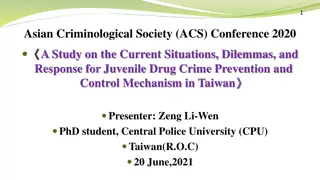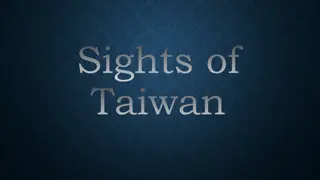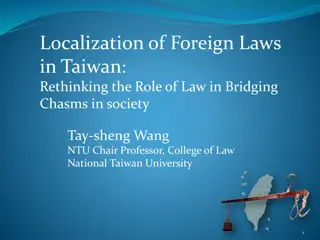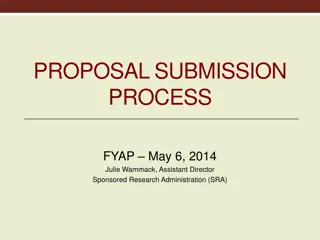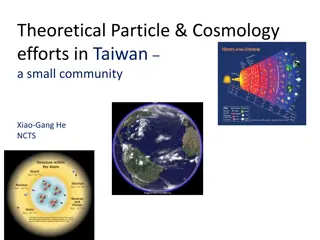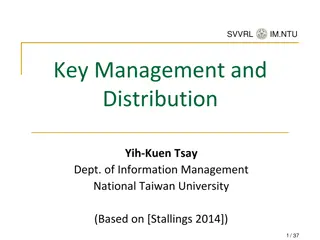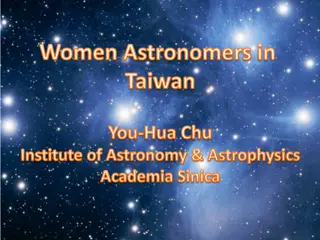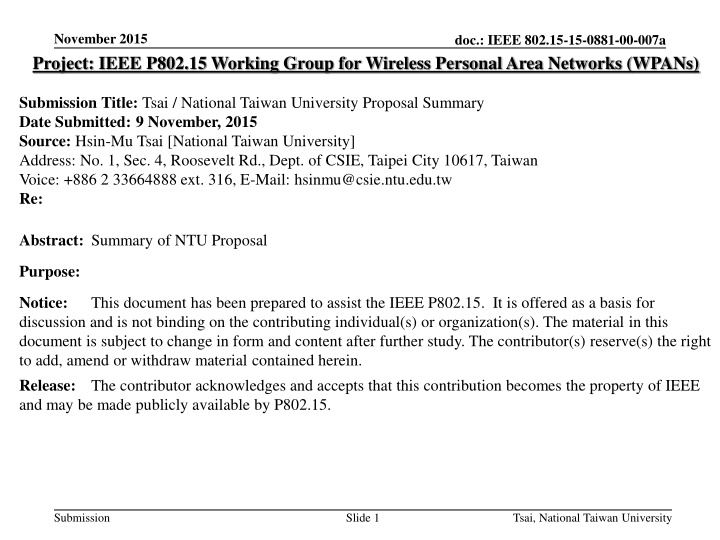
IEEE 802.15 Working Group Proposal by National Taiwan University
"Explore the innovative Rolling Shutter Frequency Shift Keying (RS-FSK) technology in the IEEE 802.15 proposal by Hsin-Mu Tsai from National Taiwan University. This proposal aims to enhance throughput and address signal loss issues in off-the-shelf rolling shutter cameras without modifications, offering a detailed overview of objectives and objectives for wireless personal area networks (WPANs)."
Download Presentation

Please find below an Image/Link to download the presentation.
The content on the website is provided AS IS for your information and personal use only. It may not be sold, licensed, or shared on other websites without obtaining consent from the author. If you encounter any issues during the download, it is possible that the publisher has removed the file from their server.
You are allowed to download the files provided on this website for personal or commercial use, subject to the condition that they are used lawfully. All files are the property of their respective owners.
The content on the website is provided AS IS for your information and personal use only. It may not be sold, licensed, or shared on other websites without obtaining consent from the author.
E N D
Presentation Transcript
November 2015 Project: IEEE P802.15 Working Group for Wireless Personal Area Networks (WPANs) doc.: IEEE 802.15-15-0881-00-007a Submission Title: Tsai / National Taiwan University Proposal Summary Date Submitted: 9 November, 2015 Source: Hsin-Mu Tsai [National Taiwan University] Address: No. 1, Sec. 4, Roosevelt Rd., Dept. of CSIE, Taipei City 10617, Taiwan Voice: +886 2 33664888 ext. 316, E-Mail: hsinmu@csie.ntu.edu.tw Re: Abstract: Summary of NTU Proposal Purpose: Notice: discussion and is not binding on the contributing individual(s) or organization(s). The material in this document is subject to change in form and content after further study. The contributor(s) reserve(s) the right to add, amend or withdraw material contained herein. Release: The contributor acknowledges and accepts that this contribution becomes the property of IEEE and may be made publicly available by P802.15. This document has been prepared to assist the IEEE P802.15. It is offered as a basis for Submission Slide 1 Tsai, National Taiwan University
November 2015 doc.: IEEE 802.15-15-0881-00-007a Tsai / National Taiwan University Summary of Proposal Hsin-Mu (Michael) Tsai, Ph.D. Department of Computer Science and Information Engineering National Taiwan University Submission Slide 2 Tsai, National Taiwan University
November 2015 doc.: IEEE 802.15-15-0881-00-007a Background Introduction Hsin-Mu Tsai, Ph.D. Associate Professor, Department of Computer Science and Information Engineering, National Taiwan University Research Areas: Vehicle Systems, Vehicular Networking and Communications, and Visible Light Communications National Taiwan University: The largest general university in Taiwan, with 33,000 students, 11 colleges, 54 departments, and 109 graduate institutes. Submission Slide 3 Tsai, National Taiwan University
November 2015 doc.: IEEE 802.15-15-0881-00-007a Overview / Objective Rolling Shutter Frequency Shift Keying (RS-FSK) Objective: Support a wide range of off-the-shelf rolling shutter cameras without modifications Taking advantage of rolling shutter sampling to improve throughput Compensate for periodic, possibly irregular, signal loss due to: TX and RX are NOT synchronized Large time gapsbetween two consecutive image frames exposure durations The long distance between the TX and the RX camera (small image area occupied by TX) Submission Slide 4 Tsai, National Taiwan University
doc.: IEEE 802.15-15-0881-00-007a November 2015 Receiving Camera s1 s2 s3 s4 s5 s6 s7 s8 s9 s10 s11 s12 TX ed Signal Exposure (1st frame) Signal Loss Symbol Loss Idle Exposure (2nd frame) Idle period results in significant signal & symbol loss Time 5 Submission
Receiving Camera doc.: IEEE 802.15-15-0881-00-007a November 2015 s1 s2 s3 s4 s5 s6 s7 s8 s9 s10 s11 s12 TX ed Signal Exposure (1st frame) No signal Signal Loss Symbol Loss Idle No signal Exposure (2nd frame) Smaller light in the image results in even more loss Time 6 Submission
November 2015 doc.: IEEE 802.15-15-0881-00-007a Summary of Proposal (1/2) Rolling Shutter Frequency Shift Keying (RS-FSK) On-off signal frequency Bright & dark strip width Preamble with known frequency to estimate camera read-out period (image sensor hardware dependent) High-order modulation, symbol rate =~ RX frame rate (order TBD, resolution dependent) Submission Slide 7 Tsai, National Taiwan University
November 2015 doc.: IEEE 802.15-15-0881-00-007a Summary of Proposal (2/2) Frame / signal design for signal Loss Recovery Symbol Splitter (SS) to identify boundary between consecutive symbols Embedded sequence number (ESN) in the data symbol to identify lost and redundant symbols Add one Parity Symbol (PS) after every N-1 data symbols for symbol loss recovery. N can be determined by the application and specified in the frame header. Submission Slide 8 Tsai, National Taiwan University

